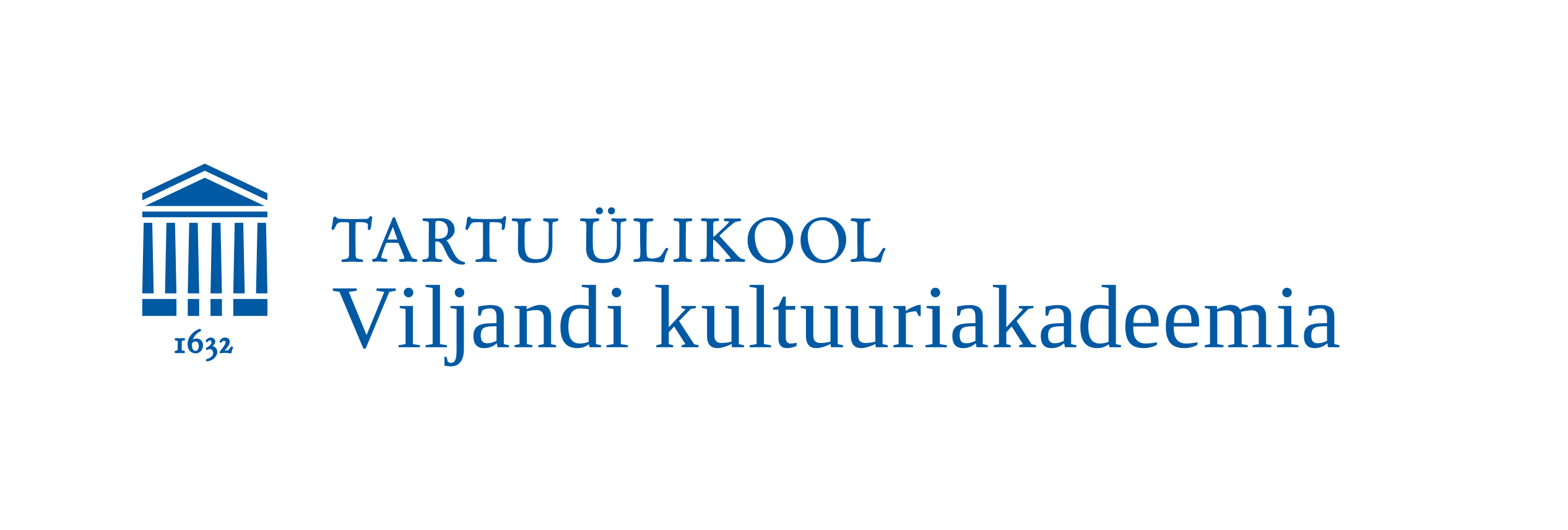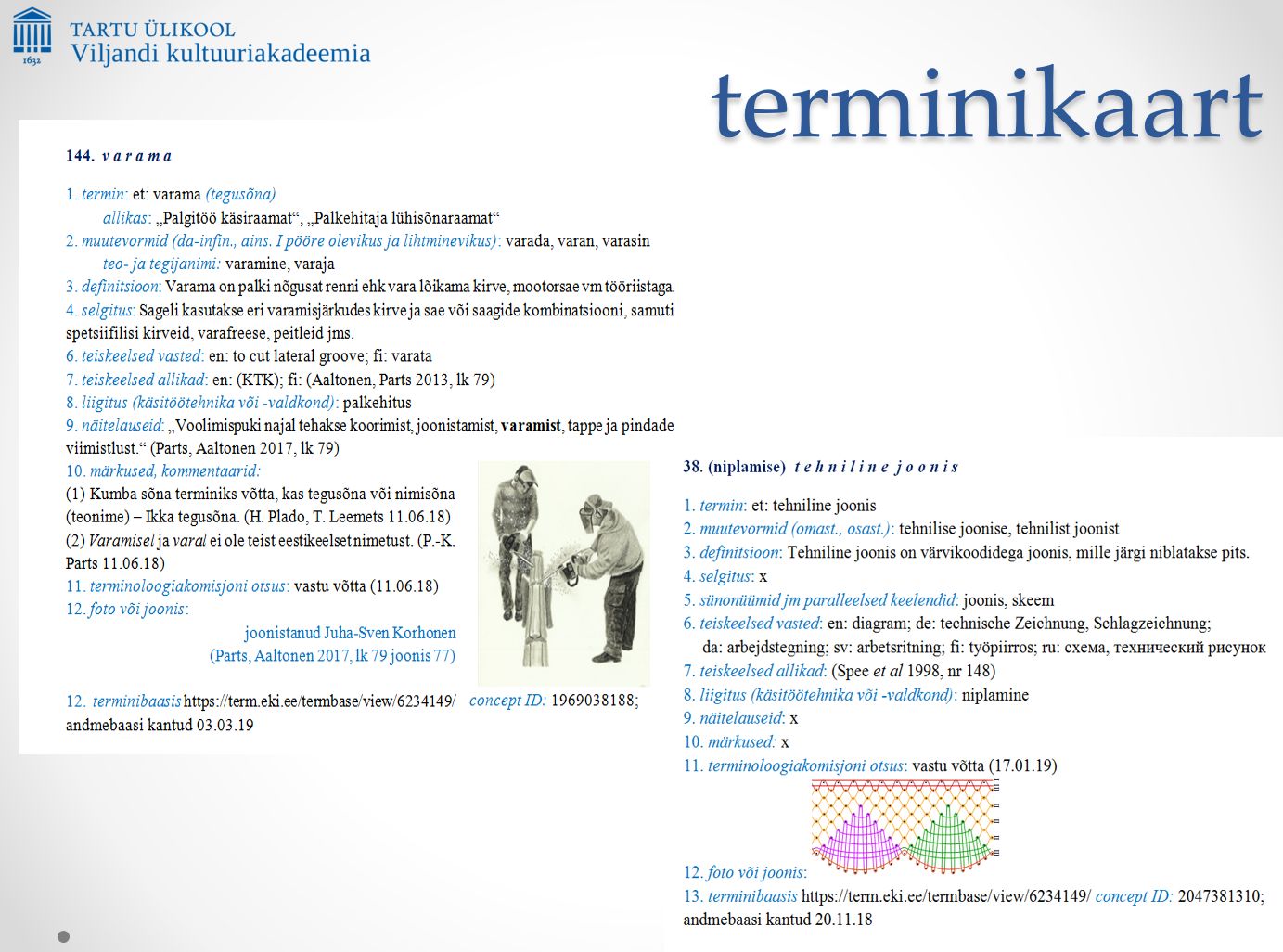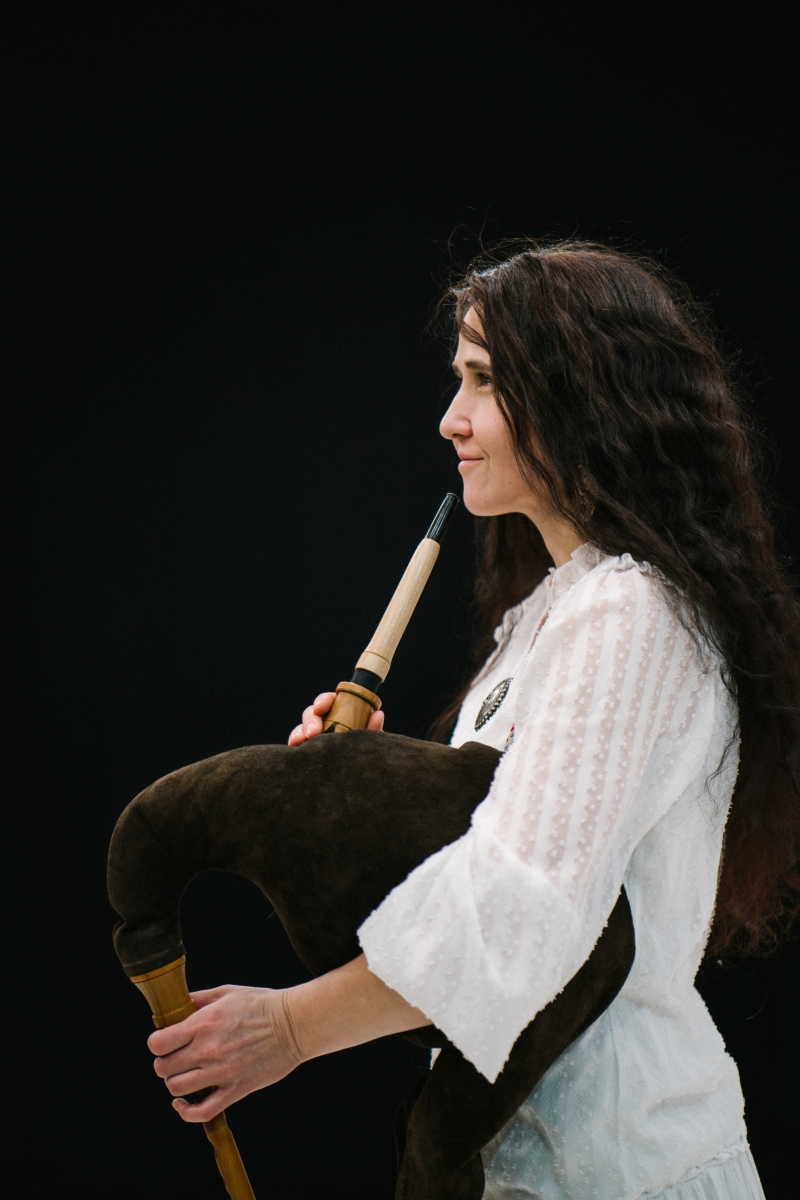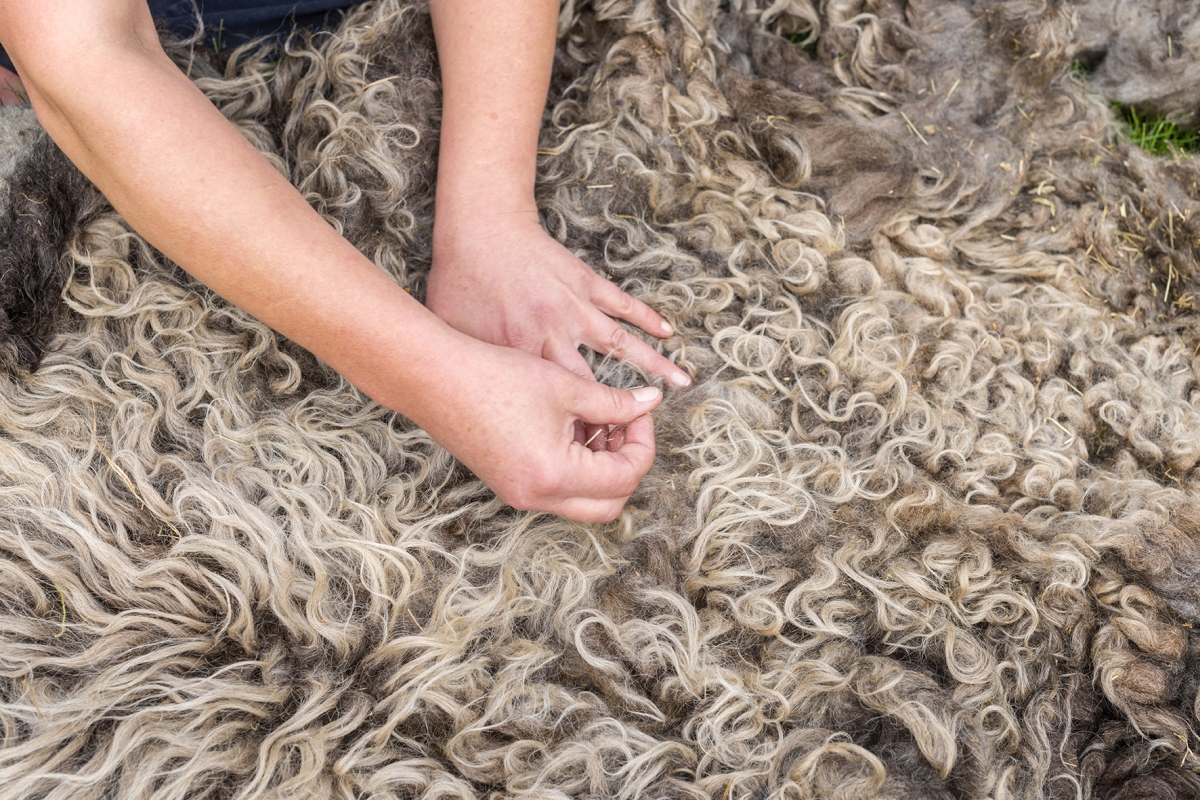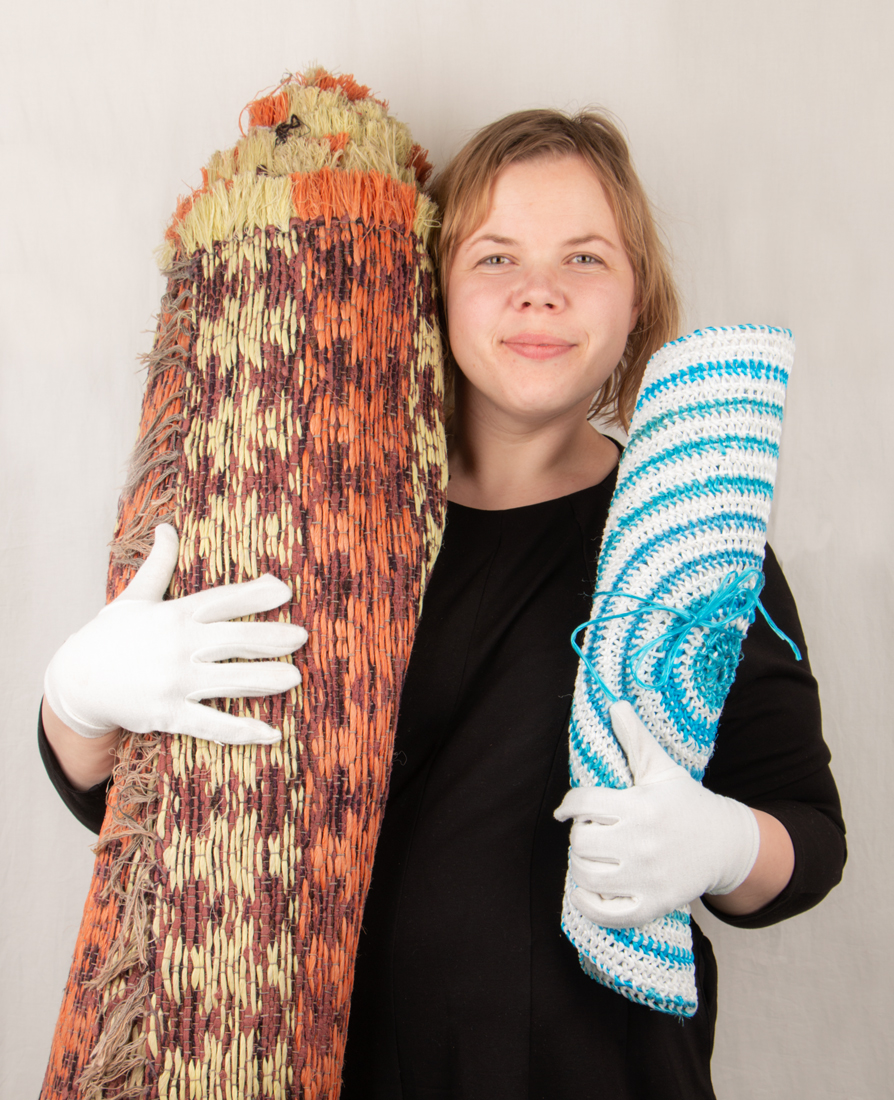“KÄSITÖÖKEELE KORRASTAMINE JA ARENDAMINE KÄSITÖÖTEADUSE TERMINITE KOMISJONI TÖÖ NÄIDETE VARAL”
(Juhendajad Helen Plado, Ave Matsin)
LÜHIÜLEVAADE: On selge, et „pista see siit sinna“ on piisav sõnavara, kui meister õpetab selli ja näitab talle töövõtted reaalselt ette. Millist keelt aga tarvitada, kui seesama meister peab oma tööst avalikkusele rääkima või akadeemilises stiilis kirjutama, nii et tekst ja selles kasutatud sõnad ja terminid oleksid üheselt arusaadavad ja täpsed? Selle probleemi lahendamisega ma oma kõigis TÜVKA aegsetes uurimustes olengi tegelenud. Magistritöö jätkab sama uurimissunda, mis rahvusliku tekstiili eriala lõputöö „Kõlatehnika oskussõnavara korrastamine ja arendamine“ (2016) ja seminaritöö „Kõlatehnika sõnavara tänapäeva eesti keeles“ (2015), lähenedes käsitöökeele korrastamisele ja arendamisele ning oskussõnavara kinnitamisele ja avalikustamisele laiemalt. Töö puudutab selliste käsitöövaldkondade oskussõnavara, nagu metallikäsitöö, puidukäsitööst peamiselt palkehitus ja tekstiilikäsitööst silmuskudumine, niplamine, võrkpõime. Valdkondlik peatähelepanu on suunatud käsitöökeele üldterminitele, nagu käsitöö, käsitööline, käsitööteadus, pärandtehnoloogia, käeline pärand jne-jne. Terminitööd olen vaadelnud 2016. aastal loodud käsitööteaduse terminite komisjoni töö näidetele tuginedes. Minu uurimuste suurem eesmärk on, et käsitöölised kasutaksid oma tehnikatest rääkides-kirjutades asjatundjate poolt kokku lepitud ja kinnitatud terminoloogiat. Selle läbi oleks võimalik käibelt kaotada mõned hägusemad terminid, nt nagu nõeltehnika või võrkvöötehnika – neile on terminikomisjon pannud pikkade arutelude tulemusel uued täpsed nimed: nõeltehnika (vana nimega) ehk aasnõelumine ja võrkpõime.
Magistritöö koosneb viiest peatükist ja seitsmest lisast. Esimene peatükk tutvustab käsitöökeelt kui oskuskeelt üldisemalt, teine käsitöökeelt teaduskeelena; kolmas peatükk on mitmekeelsest oskussuhtlusest ja sõnastikest. Viimased peatükid on pühendatud praktilisele terminitööle: neljanda teemaks on terminitöö metoodika ja viienda teemaks käsitöökeele probleemid. Lisas 1 on terminikaartide (lisad 2–7) alfabeetiline sisujuht.
Praktiliseks osaks on 687 terminikaarti: dokumentatsioon, kuhu on kantud töös olevad terminiettepanekud, vastuvõetud ja tagasilükatud terminid, nende definitsioon, teiskeelsed vasted, erialaspetsialistide kommentaarid, näitelaused jm asjakohane. Praktilise osa juurde kuulub Termeki terminibaasisüsteemis olev avalik terminibaas „Käsitööteaduse oskussõnad“ 2111 terminiga.
Marja-Leena Jaanus
Lõputöö autor
TÜ Viljandi kultuuriakadeemia
LÄBITUD ÕPPEKAVA: Pärandtehnoloogia MA
[Best_Wordpress_Gallery id=”105″ gal_title=”Marja_leena Jaanus”]
SUMMARY: The objective of Marja-Leena Jaanus’ master’s thesis „The arrangement and further development of the specialized vocabulary of crafts based on the examples from the work of the Committee for Specialized Terms in Craft Research“ (2019) is to provide one possible model in accordance with terminology science for arranging and further developing the specialized craft language, particularly the terminology. The model is based on the examples of work done by the Committee for Specialized Terms in Craft Research as well as the corresponding term cards assembled previously and continued in the process.
The master’s thesis continues the same direction of research as the bachelor’s thesis „The arrangement and further development of the specialized vocabulary of tablet weaving“ (Jaanus 2016) and seminary research paper „Tablet weaving vocabulary in contemporary Estonian“ (Jaanus 2015), by expanding upon the topic of systemizing and further developing specialized craft language as well as the approval and publishing of the terminology. The master’s thesis covers partially also terminology of such craft fields as metalcraft; from the field of woodcraft mainly log building; and from the field of textile craft knitting, bobbin lace making and sprang. The main focus is on the general terms of specialized craft language. The terminology work is based on the examples from the work of the Committee for Specialized Terms in Craft Research (established 29.04.2016).
The master’s thesis consists of five chapters and seven appendixes. The first chapter views specialized craft language as a specialized language, and its user, exploring the border areas of specialized language and general language, as well as its connection to other disciplines and fields. The second chapter observes specialized craft language as a scientific language, the relation between theory and terms, the general terms of specialized craft language, its interdisciplinary substance and internal structure. The third chapter covers multilingual specialized communication, while the fourth chapter is dedicated to the methodology used for processing the terminology whilst arranging and developing it further. The fifth chapter analyses 54 the problems of specialized craft language term work. Appendixes 2-7 contain term cards, assembled as the practical part of this thesis, while appendix 1 consists of their alphabetical index.
The practical part of the research consists of 687 term cards (appendixes No 2-7): documentation, which contains term proposals in progress; approved and rejected terms, their definition, explanation, synonyms, examples, the equivalents in selected other languages and other relevant information.
A part of the practical work is also the public term base „Specialized terms of craft research“ (https://term.eki.ee/termbase/view/6234149) with 2111 terms, which contains alongside of the already approved terms the term proposals still in progress. The term base is available in Estonian (et), English (en), German (de), Danish (da), Finnish (fi) and Russian (ru). The definitions and explanations are in Estonian, apart from a few scarce exceptions.
